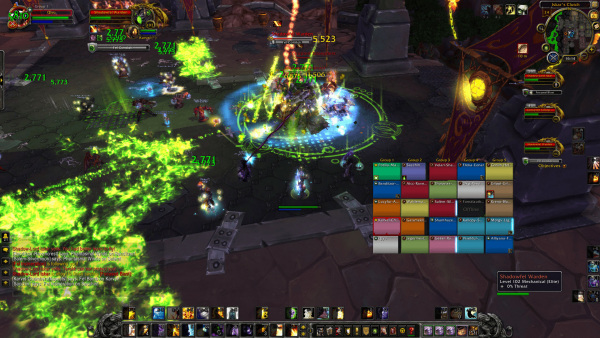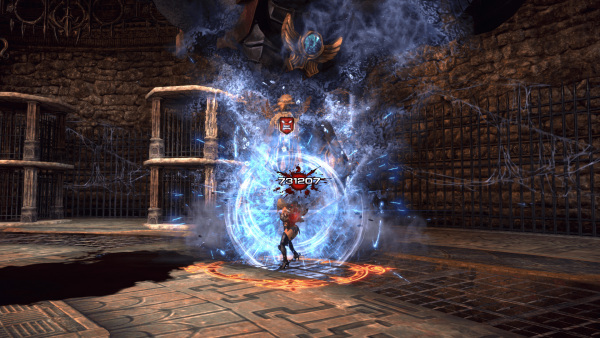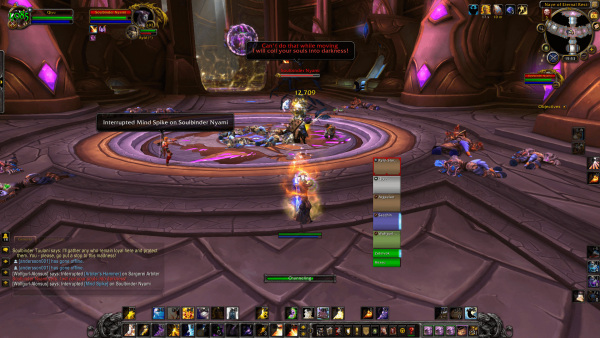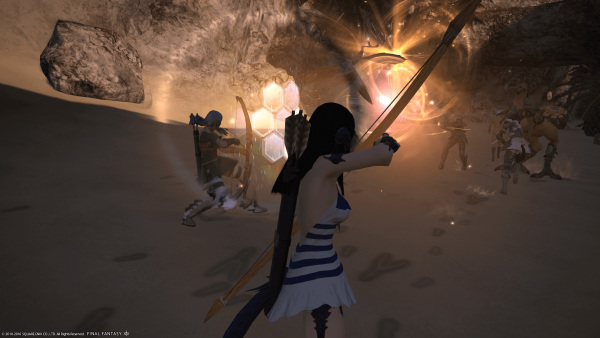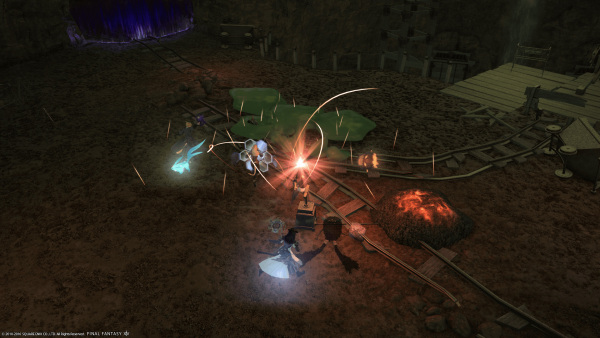Is Recycling Content Good for MMORPGs?

I love trying out different MMORPGs. Diving into a new game for the first time makes it feel like a huge and mysterious world that’s waiting to be explored. Everything from enemy designs to towns and dungeons is a fresh sight, and it’s easy to get lost in the overwhelming amount of content that’s on display.
Unfortunately, it’s a fleeting illusion that fades the moment I encounter a reskinned enemy or cloned area. Once I draw closer to the level cap the usual MMO grind kicks in and my heart sinks as I realize I’ve been sucked into yet another MMORPG governed by linear progression. Past dungeons and areas feel worthless, and I quickly forget they even exist once I start grinding the same few end-game dungeons for upgrades—patiently waiting for a new content update and a change of scenery.
Content abandonment is a problem that all MMORPGs eventually face. Old content is usually pushed aside in favour of new dungeons and raids that promise better loot and tougher challenges. As gear scales up in power and features are added for new or returning players to catch up, old content is made obsolete due to outdated rewards and a lack of challenge.
One of the most common ways to try and keep content relevant is to create multiple difficulties for dungeons and raids. World of Warcraft is a prime example: dungeons and raids have anywhere from two to six difficulties since The Burning Crusade released in 2007. Although each mode serves a different purpose they’re essentially the same instance with slight alterations in enemy stats, abilities, and loot drops.
Almost every theme park MMO relies on multiple difficulties to extend the lifespan of content, and at the rate players chew through new dungeons and raids it’s almost mandatory to reuse old ideas and assets to satisfy their hunger. But creating new content takes time and effort that not every studio can afford. Even the juggernaut World of Warcraft can have long intermissions between new content releases. The last big update was in June 2015 when Hellfire Citadel and Mythic dungeons were released, and until the expansion arrives at the end of August 2016 there will be no new dungeons or raids—that’s over a year of farming the same content.
TERA is another game that has been recycling content for a long time and it plays a big part in maintaining player interest. TERA fully embraces linear progression and understands that old content will eventually be abandoned due to its nature as a theme park MMO. When old dungeons become obsolete they are completely removed from the game to make room for newer ones, and there’s a chance that bosses and instances return in the future with updated loot drops and stats. TERA’s recent Aces Wild update saw the return of Dreadspire for the third time, a challenging 22-floor gauntlet that houses some of the game’s most iconic bosses, and Ace Dungeons: solo challenges that take place in scaled-down versions of existing instances.
Repurposing content is a time and cost effective way to update a game. Unlike World of Warcraft’s year-long lulls, TERA usually adds new content every few months. They might be revamped versions of older dungeons but it’s more entertaining to revisit old content with a fresh coat of paint than repeating the same dungeon or raid for over a year. Not everyone enjoys seeing past content brought back, but when it’s done correctly there’s a warm and fuzzy feeling to be had—a bit like hanging out with an old friend that you haven’t seen for a long time.
If cheaply made recycled content doesn’t interest you there’s another increasingly popular option that can prevent dungeons from being abandoned: scaling. World of Warcraft’s upcoming Legion expansion features a revamped Challenge Mode that scales a dungeon’s difficulty based on your group’s performance and rewards you accordingly. It’s a clever way of reusing the same dungeons while also keeping it relevant throughout the whole expansion.
Scaling is another form of content recycling that’s similar to additional difficulties, but most MMORPGs currently use scaling to alter the player’s stats rather than the content itself. In Rift and Final Fantasy XIV, players can temporarily reduce their level to tackle lower level dungeons and quests without completely overpowering them. Leveling content will always be somewhat relevant because it forms a bridge to the end-game, but as a game evolves and level caps are raised alternate methods of leveling might become more efficient and leave older methods in the dust.
One of the most popular ways to level in Final Fantasy XIV was to join groups of players that were clearing public quests known as FATEs, but the dwindling amount of players leveling meant it took more time to clear these quests and they were no longer an efficient method of gaining consistent amounts of experience. As a result, much of the leveling shifted to dungeons thanks to increased experience gains from mobs and daily rewards, leaving most of the low-level FATEs empty.
Since Final Fantasy XIV re-launched in August 2013, FATEs have been repurposed several times to make sure they weren’t completely abandoned. Copious amounts of FATE grinding is required to obtain class-specific Zodiac weapons, and they’re also frequently used in seasonal and exclusive events such as the recent Yo-kai Watch event or the annual Moonfire Faire. FATEs are leveling devices that work best with groups of players, so encouraging high-level players to return to low level zones is a great way to populate the outside world and assist lowbie players. Final Fantasy XIV also allows a single character to level multiple classes, making the influx of players doing FATEs a boon to anyone leveling alt classes.
Sending players back to low-level areas is a questionable design choice that doesn’t suit everyone. After grinding out levels and reaching the cap, the last thing players want is to go back to old areas instead of exploring new zones. Working towards a unique weapon should involve clearing progressively harder content, not slogging away by grinding low-level FATEs.
Developers have been repurposing content in their games for a long time and no matter what they do to mask it recycling is still recycling. Whether it’s blatant copy and pasting or careful revamping, everyone has different levels of tolerance when they see the same old enemy models, quests, and dungeons. Gamers will gobble up new content as long as it promises better loot, so until MMORPGs evolve and progression becomes less linear recycling is here to stay, regardless of if it's healthy for the genre or not.
